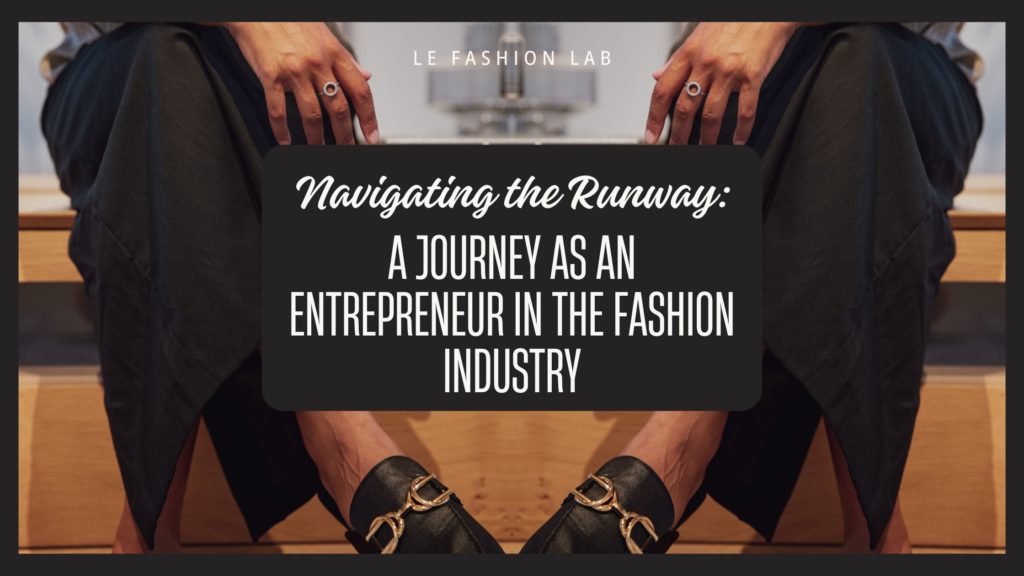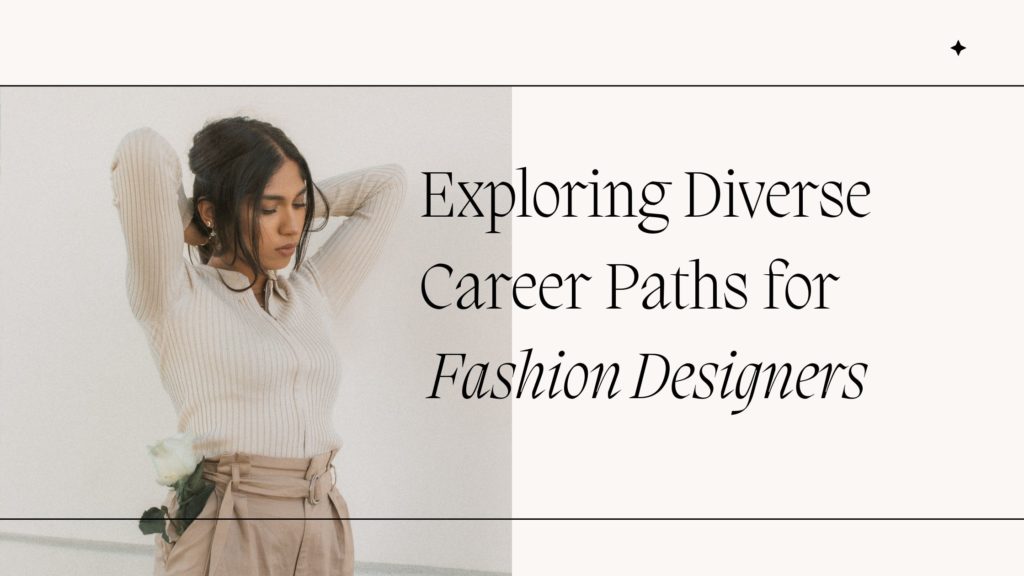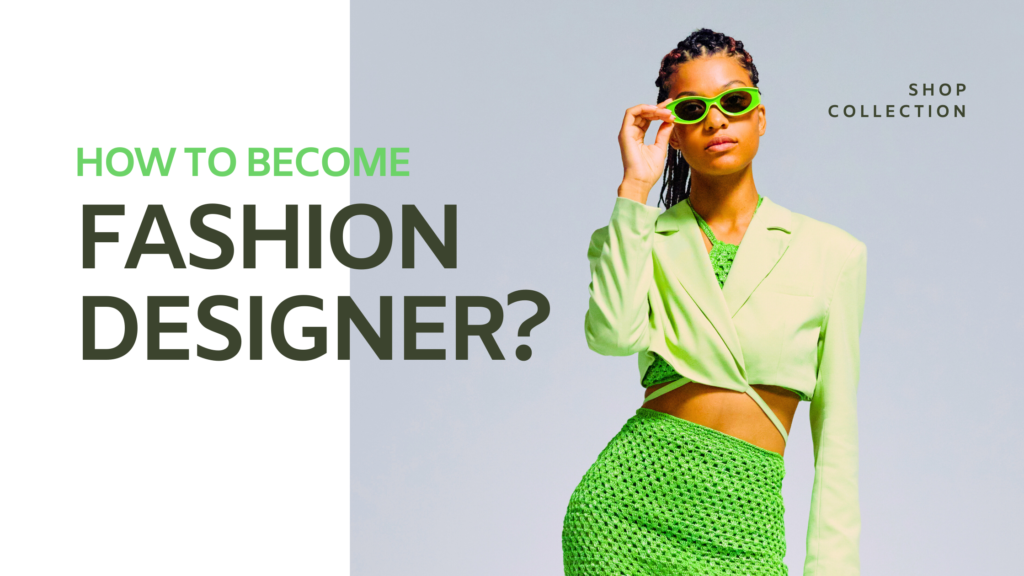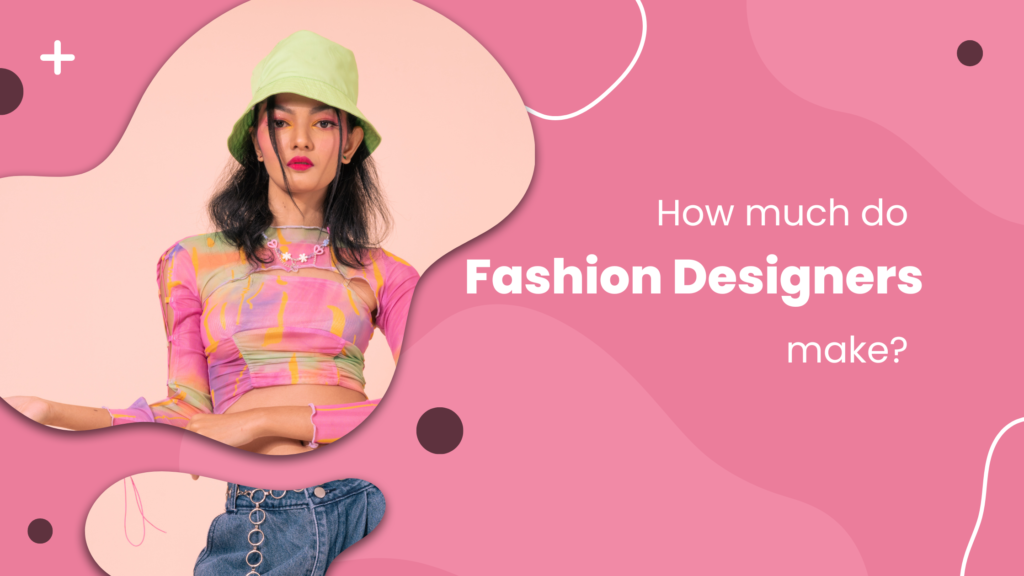Navigating the Runway: A Journey as an Entrepreneur in the Fashion Industry
Introduction: Welcome to the glamorous yet challenging world of fashion entrepreneurship, where creativity meets business acumen in a whirlwind of trends and innovation. As an entrepreneur in the fashion industry, I’ve embarked on a thrilling journey filled with highs, lows, and everything in between. Join me as I share insights, lessons learned, and the essence of being a trailblazer in this dynamic field.
The Fashion Landscape: The fashion industry is a captivating ecosystem driven by ever-changing trends, consumer preferences, and global influences. From haute couture to streetwear, it encompasses a diverse array of styles, aesthetics, and voices. However, beneath the surface of glitz and glamour lie formidable challenges, including fierce competition, fast-paced production cycles, and the imperative to stay ahead of the curve.
Starting Out: Embarking on my entrepreneurial venture in the fashion industry was akin to stepping onto a labyrinthine catwalk, brimming with excitement and uncertainty. From conceptualizing my brand to sourcing materials and securing manufacturing partnerships, every step of the journey posed its unique set of challenges. Yet, fueled by passion and determination, I forged ahead, navigating obstacles with resilience and creativity.
Creativity vs. Commercialism: One of the defining dichotomies in the fashion industry is the delicate balance between creativity and commercial viability. While artistic expression fuels innovation and sets brands apart, it must harmonize with market demand and consumer preferences. Striking this equilibrium requires intuition, market research, and a keen understanding of your target audience’s desires.
Building a Brand: At the heart of every successful fashion venture lies a compelling brand identity that resonates with its audience. From logo design to brand messaging, cultivating a distinct persona fosters brand loyalty and sets the stage for long-term success. For me, this meant infusing my brand with authenticity, storytelling, and a commitment to values such as sustainability and inclusivity.
Challenges and Solutions: No journey in the fashion industry is devoid of challenges, whether it’s navigating supply chain disruptions, grappling with financial constraints, or mitigating the environmental impact of production. Yet, with every obstacle comes an opportunity for innovation and growth. By embracing agility, fostering resilience, and seeking collaborative solutions, I’ve overcome hurdles and emerged stronger than before.
Adapting to Change: In the fast-paced world of fashion, adaptability is not merely a virtue but a survival imperative. Trends evolve, consumer preferences shift, and technological advancements reshape the landscape at a breakneck pace. As an entrepreneur, I’ve learned to embrace change as a catalyst for evolution, seizing opportunities to iterate, experiment, and stay ahead of the curve.
The Power of Networking: Networking is the lifeblood of the fashion industry, facilitating connections, collaborations, and opportunities for growth. Whether it’s forging partnerships with suppliers, engaging with influencers, or attending industry events, cultivating a robust network is essential for expanding your reach and staying abreast of industry trends.
The Future of Fashion Entrepreneurship: As we gaze into the crystal ball of fashion entrepreneurship, the horizon brims with boundless possibilities. From the rise of e-commerce and digital innovation to the imperative of sustainability and ethical fashion, the future promises both challenges and opportunities. By harnessing technology, embracing sustainability, and championing inclusivity, we can shape a future where fashion transcends boundaries and empowers individuals.
Conclusion: Embarking on the entrepreneurial journey in the fashion industry is akin to embarking on a daring expedition—a thrilling adventure fraught with challenges and triumphs. As I reflect on my own journey, I’m reminded of the resilience, creativity, and passion that define the essence of fashion entrepreneurship. So, to all aspiring fashion entrepreneurs out there, dare to dream, dare to innovate, and dare to leave an indelible mark on the runway of life.






 High importance
High importance Medium importance
Medium importance less important
less important